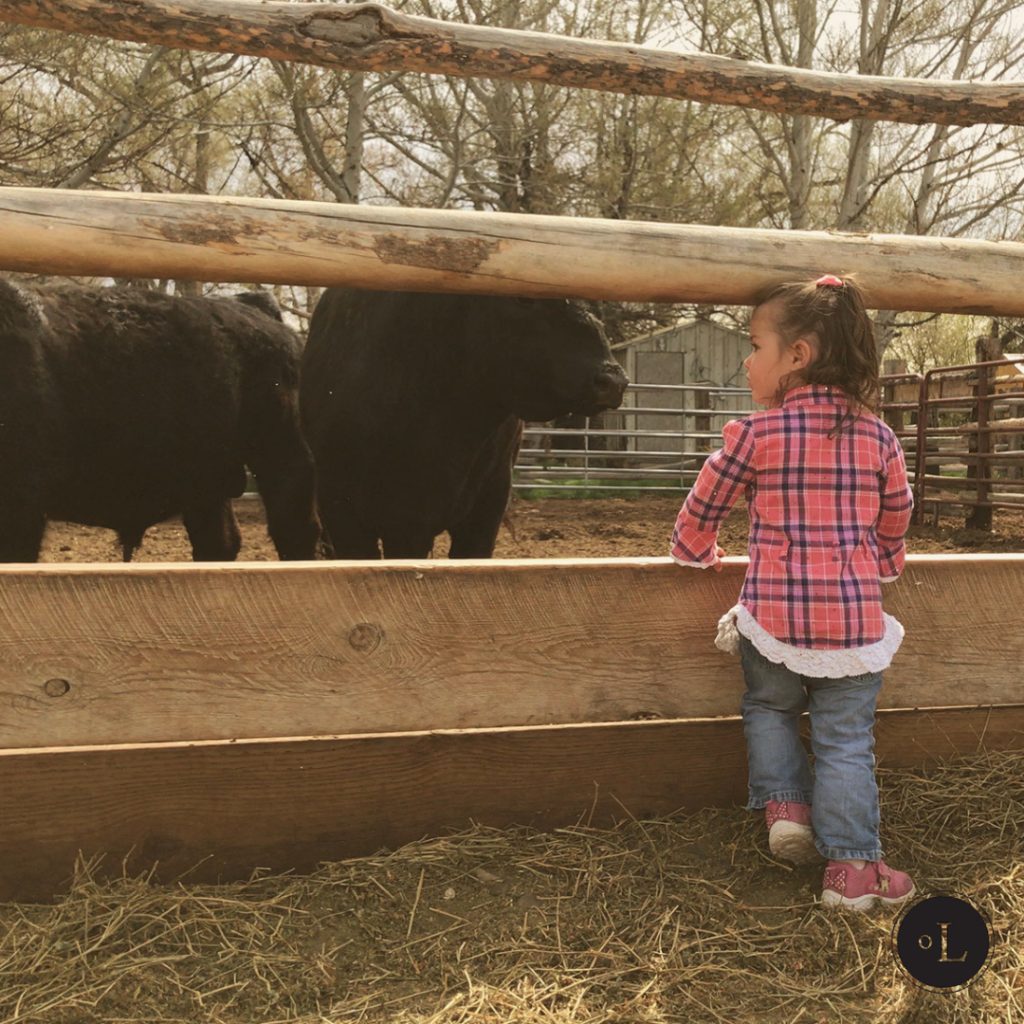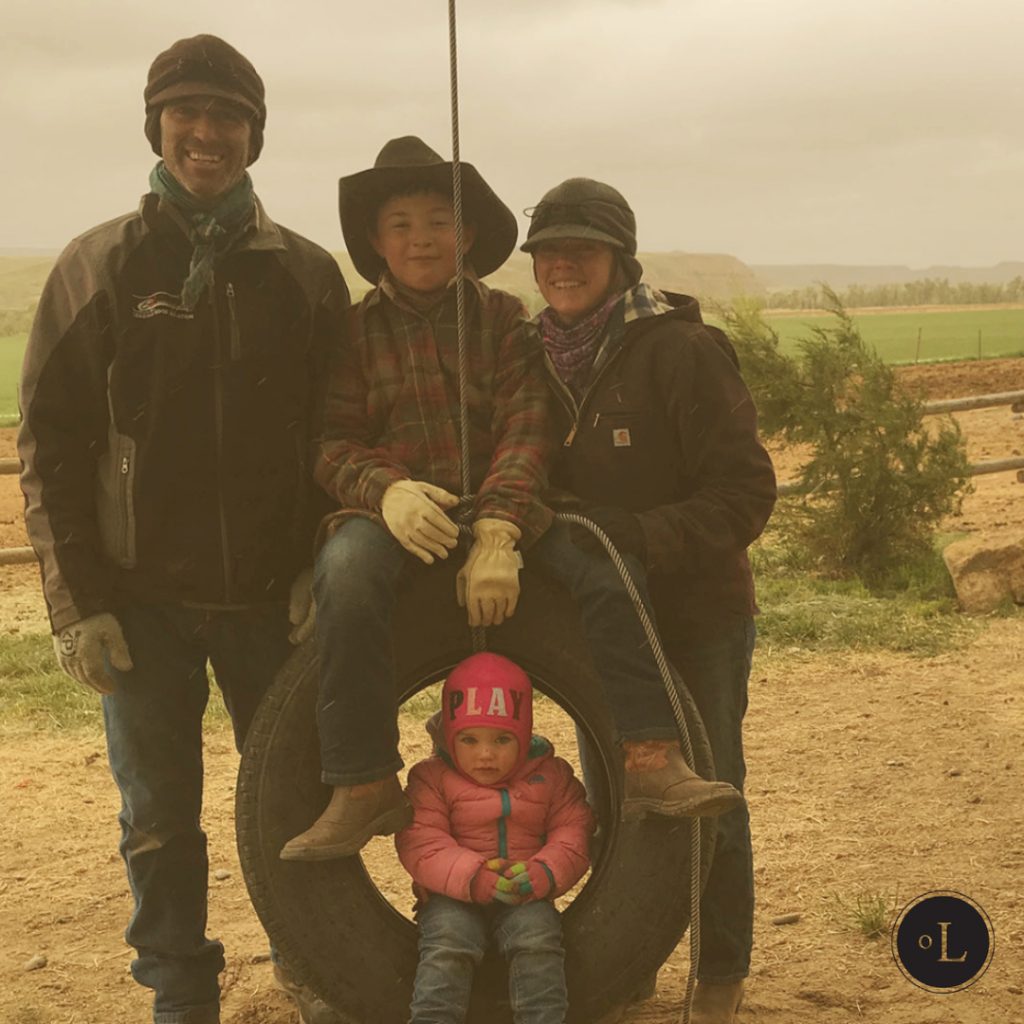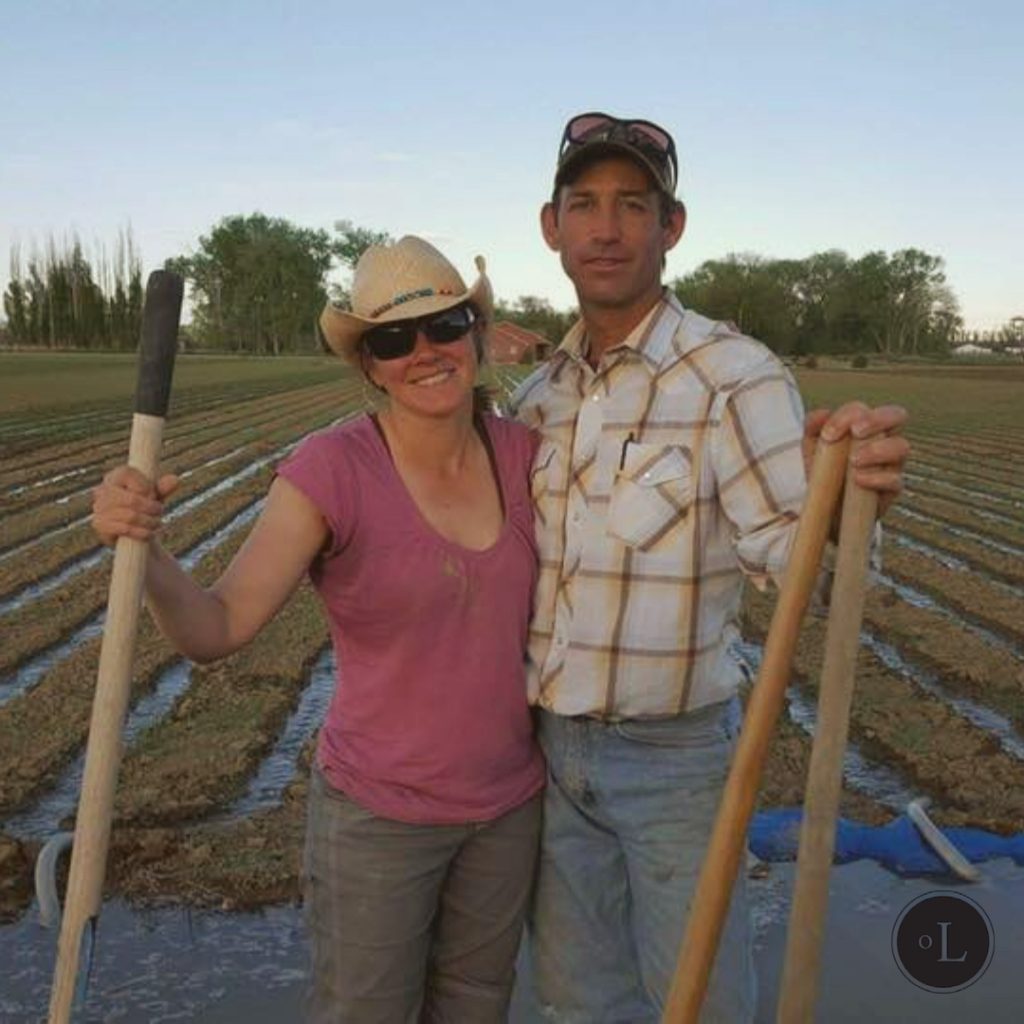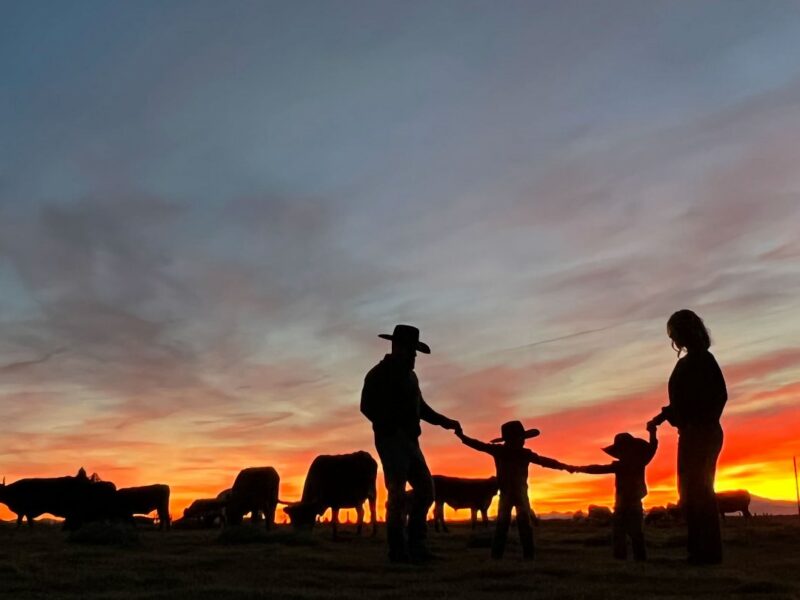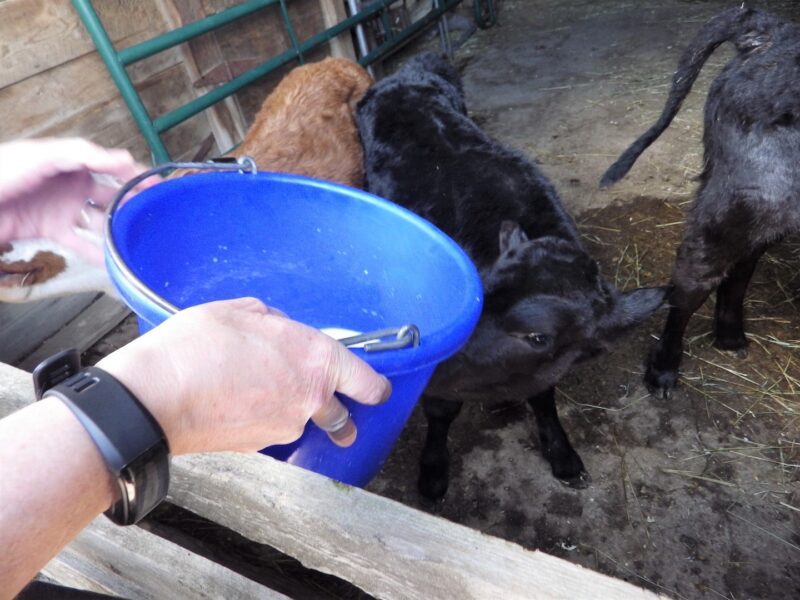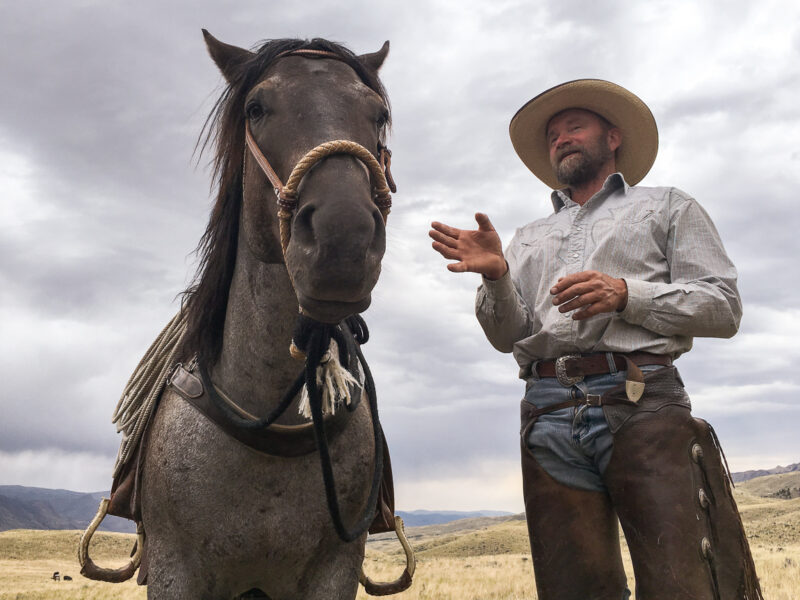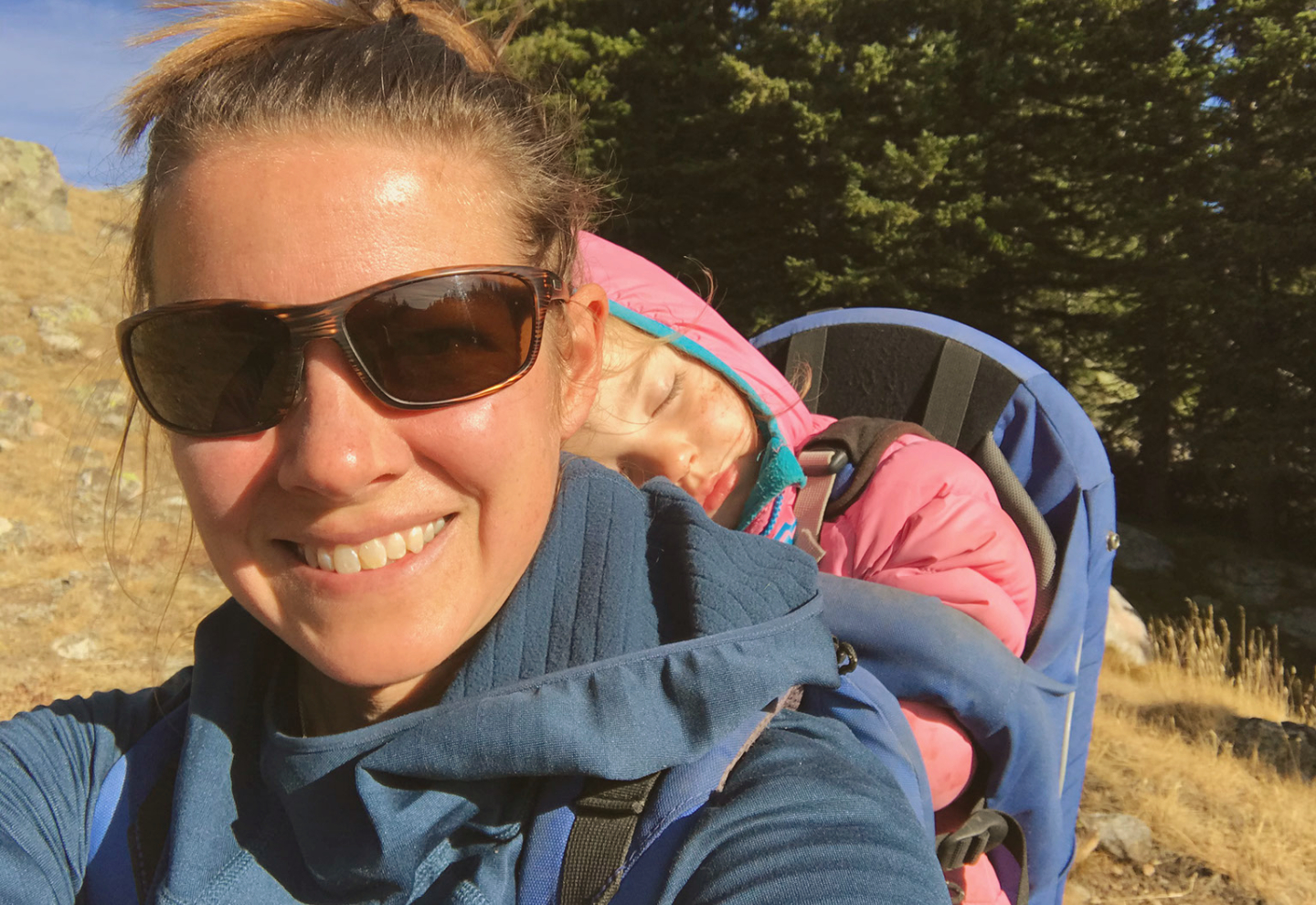
Alex. A Human of the Working Wild
Humans of the Working Wild is a collection of stories from people in the West who are living, recreating and working with and among wildlife on working lands, lightly edited from their own spoken words. Humans of the Working Wild speaks across the rural-urban divide, sharing common human experiences on working lands that provide important wildlife habitat. We are inspired by one of the most successful profile series of all time, Humans of New York.
“I worked in a room on the fourth floor of the medical school building with windows that face south and looked on to Mount Rainier every day. I worked in this room by myself for a lot of time. And I just saw the mountain and wanted to be there. That draw to those big landscapes and big mountains was palpable. So decisions after grad school were made around, ‘how do I have a professional career that engages in science in some capacity and gets me to these wild places?’. That was huge. That was a big decision for me.
“My surroundings [in grad school] helped me figure out what was important to me in life for sure. But also the process of doing research and developing a question, forming a hypothesis, thinking really hard about that question, coming back, re-evaluating over time – all of those skills are easily applicable to landowner engagement and problem solving to find solutions that work for landowners.
“I think there is real value in science, and I think the challenge of our time is to figure out how to make science more inclusive. Science, especially in agricultural communities, can come across as ‘I know all the answers from my ivory tower’. In my mind, it’s ‘how do you bridge the rural/urban divide and make science provide real value for people in the land? How do you ask the right questions to inform stewardship? If we want to protect a connected landscape, how do we focus our resources across this landscape, what are the places where we can have the most impact to maintain a connected landscape?’ I don’t think we really know the answer to that question.
Science, especially in agricultural communities, can come across as ‘I know all the answers from my ivory tower’. In my mind, it’s ‘how do you bridge the rural/urban divide and make science provide real value for people in the land? How do you ask the right questions to inform stewardship?’
Alex.
Our society overemphasizes the value of data acquired through scientific processes. I think there are valuable data to be acquired through different types of cultural knowledge and we haven’t figured out how to include that in scientific analyses.…In order to bring in cultural data into scientific solutions, we need to be able to figure out how to treat that culturally-acquired data with the same value as data acquired from GPS locations or remote sensing data. People who have an intimate relationship with the land have valuable knowledge and we have not figured out how to meaningfully incorporate that into scientific analysis.
Can we get to a point where we trust [landowners’] cultural knowledge? Maybe cultural knowledge isn’t the right way of thinking of it. Maybe we should call it citizen science. What they’re doing out on the landscape is collecting data points, and if we think that, you know, Christmas bird counts are effective ways of monitoring trends of bird populations over time, then maybe landowner citizen science should be thought of as a bigger resource, and we should harness the power of their knowledge.
Those who steward the land are inherently conservation oriented. We understand on my farm that what we do to the land here will impact the ability of our children to continue farming here if they choose. What we do to the land will impact the biodiversity, how we treat the land, how we manage the land will impact whether it’s just whitetail deer or if mule deer also come onto the property and that’s something we’re excited to see.
We bought another farm field this year and we were driving the field and looking around and thinking about what we were going to do there, and we saw a mule deer and we were like, ‘Oh, there’s mule deer here. There are not mule deer where our house is at all.’ It was exciting…. It wasn’t exciting because it’s a hunting opportunity. It was exciting to know that they were there. What we recognized was that this new piece of land provides additional value in terms of biodiversity. And I think that those are the kinds of things that are common thoughts among all those that steward the land.
The wild that is in the surrounding areas is what speaks to my soul and my task on our farm is to find the little bits of wild that are here and figure out how to create more wild places on the farm….
Alex.
The wild that is in the surrounding areas is what speaks to my soul and my task on our farm is to find the little bits of wild that are here and figure out how to create more wild places on the farm…. Many of the edges of all of our agricultural fields, the one I’m looking at right now, [are wild]. The end of our field is the river, the Shoshone river. And that’s a wild space, but it’s a wild space without a way to celebrate it, that’s kind of how it feels. And so how can we in this community connect more to wild spaces? They’re here. We just need more avenues to appreciate them.
There’s something really beautiful about being in sync with nature and feeling the change of the season in your day-to-day life. It’s about connecting to something bigger than me, bigger than my family, bigger than my town…. In my world view, connection is probably one of the central values, central themes. I want to be in a connected community. I want there to be a connected landscape…. I want a more intimate landscape to be a part of. I want to both be a part of the natural environment, and be a part of a beautiful community of people.



